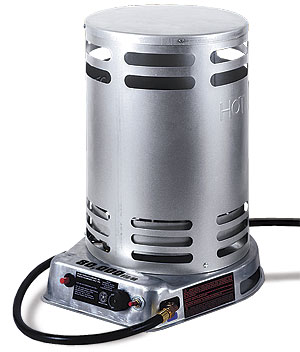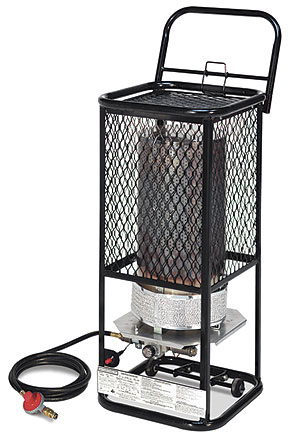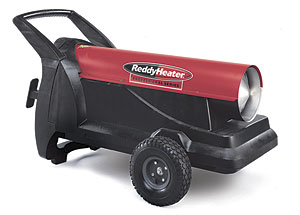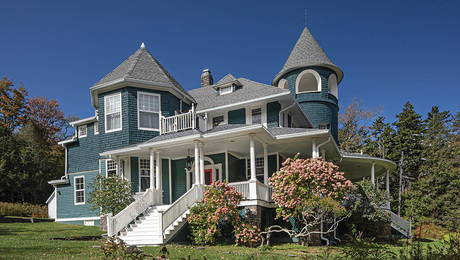What's the Difference: Portable job-site heaters
Convection, radiant, and forced air models allow work to go on when temperatures get low
As colder weather begins to take hold in many parts of the country, thermometer reading will become as much a part of the morning routine as having a cup of coffee. With this change in season, portable job-site space heaters will reclaim their spot as an essential tool for getting through the day.
Midsize space heaters, which are roughly 60,000-Btu to 125,000-Btu devices, serve the residential-trade market the best because of their size and heating capacities.
These heaters are fueled by either liquid propane, natural gas, diesel, or kerosene. However, not all midsize space heaters are available in models for every fuel source. Liquid propane and natural gas are cleaner-burning fuels and are best for heaters that will be used indoors. Diesel and kerosene don’t burn as cleanly, but they are typically less expensive and perform better in extremely cold conditions. They are the fuel of choice for heaters that are used either outdoors or in very cold but well-ventilated indoor workspaces.
Choosing the right type of midsize heater for the right application not only improves comfort but also allows work to go on when low temperatures threaten to freeze job-site progress.
Convection heaters naturally displace cold air with warm air

Cost: $150
Heating capacity: 2400 sq. ft. at 100,000 Btu/hr
Fuel: Propane, natural gas
Electricity needed: No
Approximate weight: 20 lb.
Safety notes: Because these heaters take more time to heat a room than other types of heaters, they typically are left unattended overnight. Be sure they are positioned on a stable floor and that they are isolated from combustible materials.
Best uses: In long-term heating applications, as in houses that do not have HVAC systems set up.
Radiant heaters heat people and materials faster than they heat air

Cost: $200
Heating capacity: 2900 sq. ft. at 125,000 Btu/hr
Fuel: Propane, natural gas
Electricity needed: No
Approximate weight: 46 lb.
Safety notes: Radiant heaters come with safety cages installed around all heating elements. Be sure they are kept in place, and that debris, building materials, and employees are kept at a distance.
Best uses: In areas where building materials need to be kept at warm temperatures to be usable by tradesmen or to create environments where setting-type materials can cure.
Forced-air heaters relay on an electrically operated fan

Cost: $350
Heating capacity: 2900 sq. ft. at 125,000 Btu/hr
Fuel: Propane, kerosene, diesel
Electricity needed: Yes
Approximate weight: 81 lb.
Safety notes: Because the projection of the heated air is narrowly focused, hot spots can develop. Avoid directing the air stream toward combustible materials.
Best uses: Noisier than other heaters; perform best in areas where the ambient temperature needs to be increased quickly for short amounts of time.
Photos: Courtesy of ReddyHeater, except where noted
Fine Homebuilding Recommended Products
Fine Homebuilding receives a commission for items purchased through links on this site, including Amazon Associates and other affiliate advertising programs.

All New Bathroom Ideas that Work

Not So Big House

Graphic Guide to Frame Construction


























